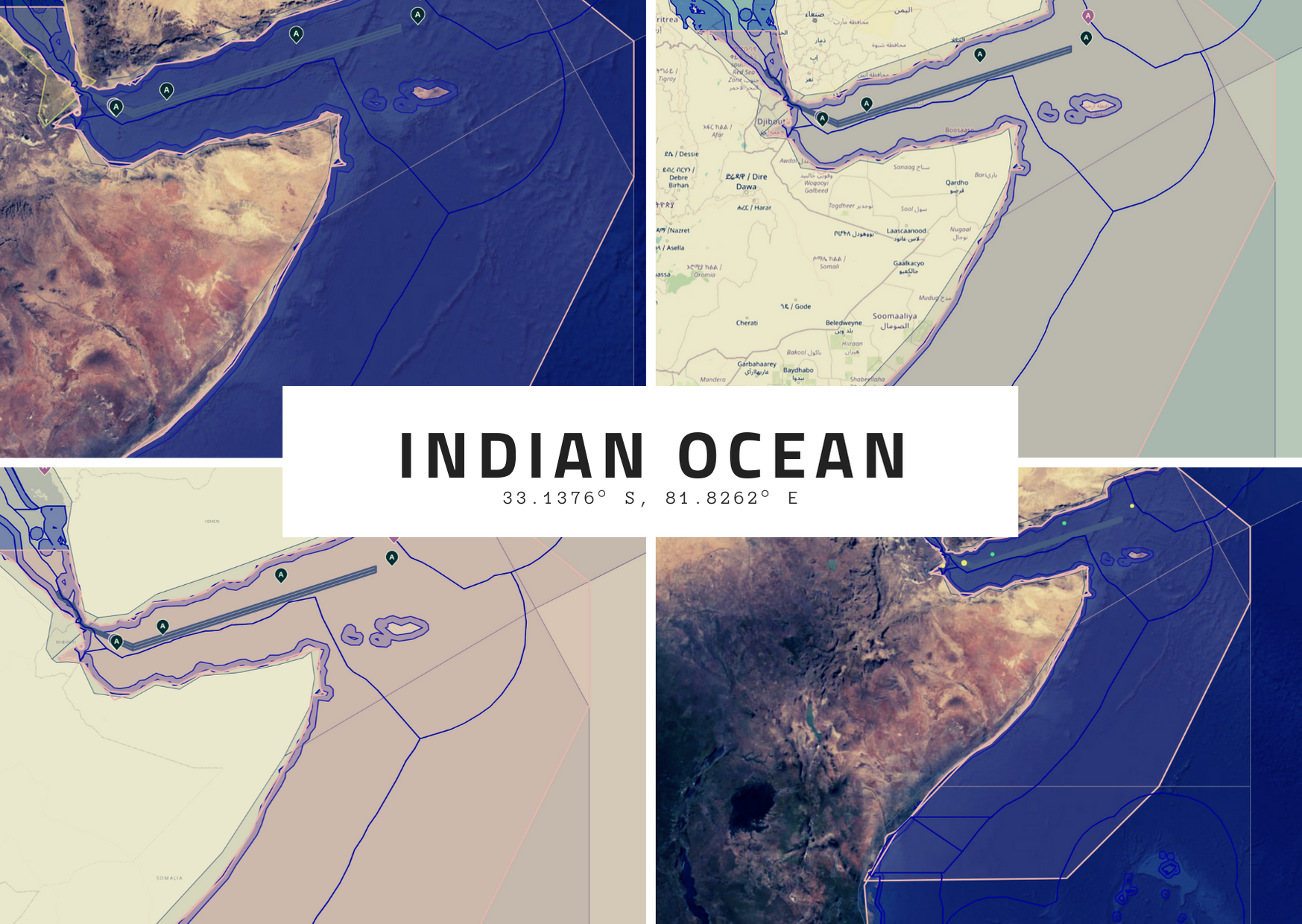4 min read
Maritime Security & Geopolitics in Indian Ocean Region
By: Modern Diplomacy on March 31, 2023 at 8:00 AM

By linking the Middle East, Asia, Europe, and Africa, the Indian Ocean Region (IOR) serves as an important global trade and commercial hub. The Strait of Hormuz, the Bab el-Mandeb, and the Malacca Strait are just a few of the strategic choke points that are located there. The region faces a number of security risks, including piracy, terrorism, territorial disputes, and geopolitical tensions.
In particular, off the coast of Somalia, where pirates have seized commercial ships and held crews hostage for ransom, piracy has been a significant problem in the area for a number of years. But in recent years, the number of piracy incidents has significantly decreased as a result of the efforts of international naval forces and increased security measures by shipping companies.
Similarly, another major issue in the area is maritime terrorism, with several terrorist organizations active in the Indian Ocean’s littoral states. Shipping lanes, ports, and other maritime infrastructure are at risk from these groups. The most notorious terrorist organization present in the area is Al-Shabaab, which has ties to Al-Qaeda and is based in Somalia. Al-Shabaab has carried out numerous assaults on commercial ships and port facilities. Whereas, the Doklam plateau and the South China Sea are the subjects of the biggest territorial dispute in the area between China and India. The dispute has led to higher tensions between the two nations, and both sides have increased their military presence in the area.
However, China has been stepping up its presence in the Indian Ocean region, and the Belt and Road Initiative (BRI) has significantly contributed to the infrastructure growth of the area. The Hambantota port in Sri Lanka and the Gwadar port in Pakistan are just two of the port development initiatives included in the BRI. India and the United States are concerned about these ports because they believe China is attempting to increase its influence in the region. Whereas, the United States is another significant player in the IOR, particularly in terms of preserving regional security and stability. Due to the fact that Bahrain is home to the US 5th Fleet, the US has a sizable naval presence in the area. The US has also been actively collaborating with other regional players, like India and Japan, to counter China’s expanding influence.
Simultaneously, the area, which makes up about one-fifth of the world’s oceans, is home to important shipping lanes. Due to these sea lanes, which link the Middle East, Africa, Europe, and Asia, the Indian Ocean region is an important trade route. The Indian Ocean is the conduit for almost 80% of the world’s oil trade and 40% of its merchandise trade. Therefore, ensuring safe and secure navigation through the area is crucial for expanding economic activity and global trade. The Indian Ocean region has a complex and varied geopolitical landscape. There are many states in the region, all of varying economic and military strength.
Along with these major players, the IOR is also home to a large number of other stakeholders, including smaller nations like Sri Lanka, Bangladesh, and the Maldives, as well as regional alliances like the Indian Ocean Rim Association (IORA) and the Bay of Bengal Initiative for Multi-Sectoral Technical and Economic Cooperation (BIMSTEC). These stakeholders have a significant impact on how the region will develop and will probably gain significance as the IOR continues to gain prominence.
Another significant risk to the IOR’s maritime security is the spread of weapons of mass destruction (WMD). There are worries that non-state actors could obtain WMDs due to the presence of several nuclear-armed states in the region, including Pakistan and India. Governments and law enforcement organizations face a serious challenge when it comes to the smuggling of nuclear materials and components through the maritime domain. For regional stability and global security, the potential use of WMDs in the IOR by terrorists or state actors could be disastrous.
Similarly, a less well-known but no less important threat to maritime security in the IOR is marine environmental degradation. In addition to being a significant fishing ground, the area is home to some of the busiest shipping lanes on earth. However, unrestricted fishing methods, shipping pollution, and the disposal of waste at sea have resulted in the deterioration of marine ecosystems and the depletion of fisheries. The state of the marine environment not only jeopardizes fishermen’s means of subsistence but also has wider ramifications for global ocean sustainability and food security.
Last but not least, the creation of innovative techniques and plans for maritime security represents another chance. For example, improvements in satellite and unmanned aerial vehicle (UAV) technology could aid in enhancing the monitoring and surveillance of the region’s waters, making it simpler to identify and address security threats. Likely contributing to an increase in maritime security in the IOR is the development of new maritime policing techniques like the use of floating police stations and closer collaboration with coastal communities.
Related Posts
China’s Ten-Dash Line: Deciphering Disputes in..
South China Sea issues remain complex, but India’s geopolitical imperatives in the region are..
Threats and Challenges to Trade in the Red Sea:..
A highly strategic arena for regional and international actors alike, the Red Sea serves as a..
India, Europe, and the Bay of Bengal: Converging..
Maritime security in the Bay of Bengal can provide ground for convergence among European players..




